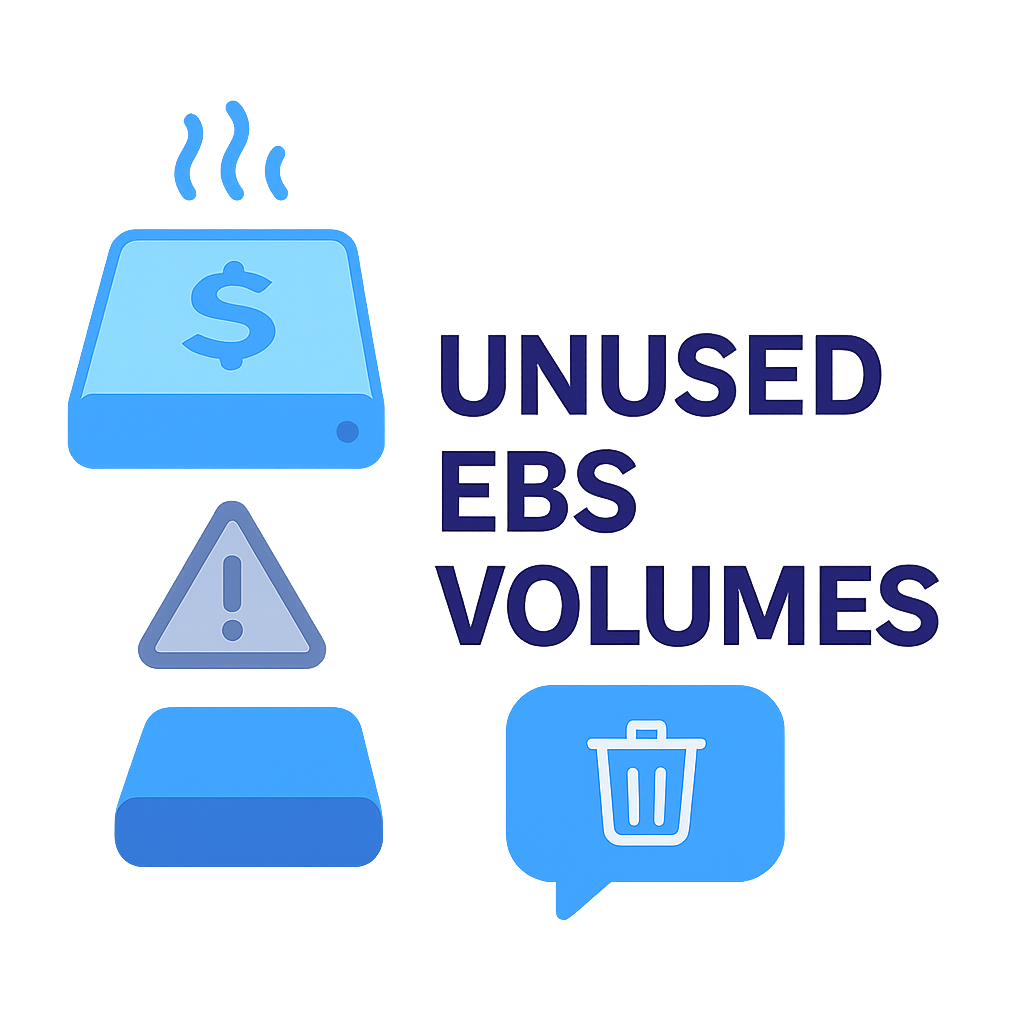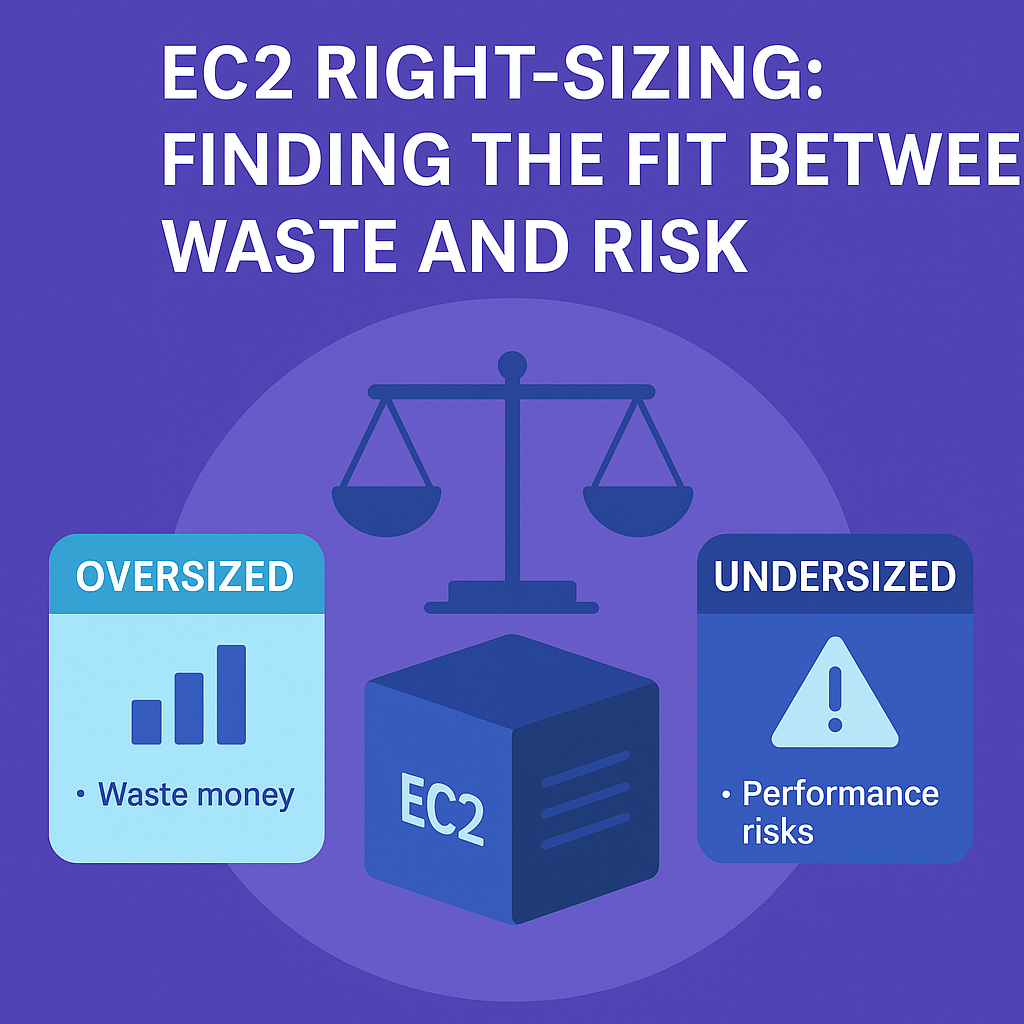Unused EBS Volumes: Hidden Cost and Operational Drag

When we scan AWS environments, one of the simplest — and most overlooked — issues we catch is unused EBS volumes. They're easy to forget and expensive to ignore. We have seen clients waste thousands of dollars annually on redundant or unnecessary storage costs.
💸 Why it matters
There are several potential issues that crop up when you have unused volumes:
- Wasted Spend: Unused volumes continue to incur monthly charges - often at high SSD rates - with no benefit.
- Clutter: Orphaned volumes make it harder to manage storage, track usage, and maintain a clean environment.
- Risk: Volumes containing sensitive data left behind after termination can become a ticking compliance issue if not properly secured or deleted.
🧩 How Does It Happen?
Unused EBS volumes often pile up without anyone noticing. Here's how:
- Instance Termination: When EC2 instances are terminated, attached EBS volumes aren't always deleted — especially if "Delete on Termination" isn't enabled.
- Manual Detachment: Ops teams may detach volumes during maintenance or migration, intending to reattach them later — but never do.
- Automation Gaps: Infrastructure-as-code or CI/CD pipelines might spin up volumes as part of ephemeral workloads but fail to clean them up afterward.
- Snapshot Confusion: Some teams mistakenly keep original volumes after creating snapshots, thinking the snapshot needs the volume to persist.
- Lack of Ownership: In multi-team or fast-moving environments, no one knows who owns which volume — so nobody touches them.
These volumes are easy to forget because they're invisible to most monitoring tools and don't generate alerts — yet they're quietly billing you every hour.
✅ What to do about it
Define a standard
Establish a data retention policy that aligns with your business needs. For example, you might not need anything older than one year, or you may not need to keep backups if the application is in source control.
Review before deletion
Check tags, owner, creation date, and context in your infrastructure-as-code (if any).
If unsure, snapshot
If you're not ready to commit to deletion, take a snapshot first. Snapshots are cheaper and will save a significant amount of money if you move them to cold storage.
Automate with policies
Use AWS Config rules, Lambda cleanup functions, or tools like Lensix to continuously flag and manage stale volumes.
🔁 Alternatives
If you're not ready to delete:
- Snapshot and archive the original volume, then delete it.
- Tag for review and revisit monthly as part of ops hygiene.
- Add a timed suppression in Lensix and see if they are still needed when they reappear.
⚠️ Common caveats
Here are some things to consider before taking action:
- Some volumes may be intentionally detached for backups, cold standby, or staging purposes. Blind deletion could break disaster recovery workflows.
- Snapshots of deleted volumes don't retain volume configuration or metadata. Be sure to add tags to help identify the purpose of snapshots.
- Tagging can help keep from deleting a volume that's in use, but make them specific — we've seen plenty of "do-not-delete" tags on volumes last touched in 2019.
Bottom line
Unused volumes are silent budget drainers and operational debt. Cleaning them up is one of the easiest ways to cut waste and reduce surface area. Lensix can help you find and manage them with minimal effort.


